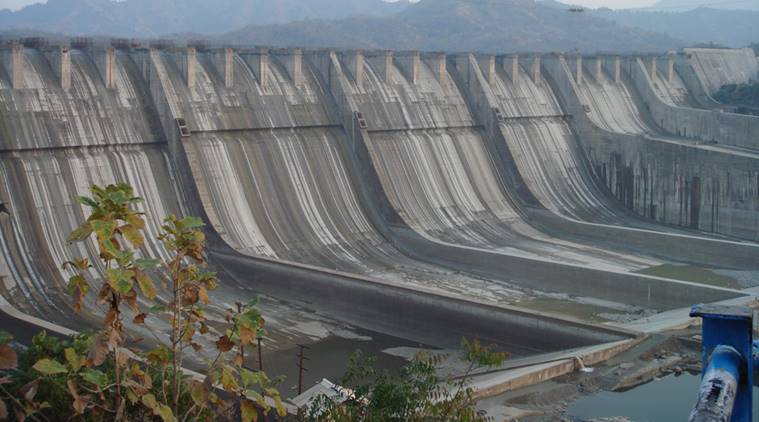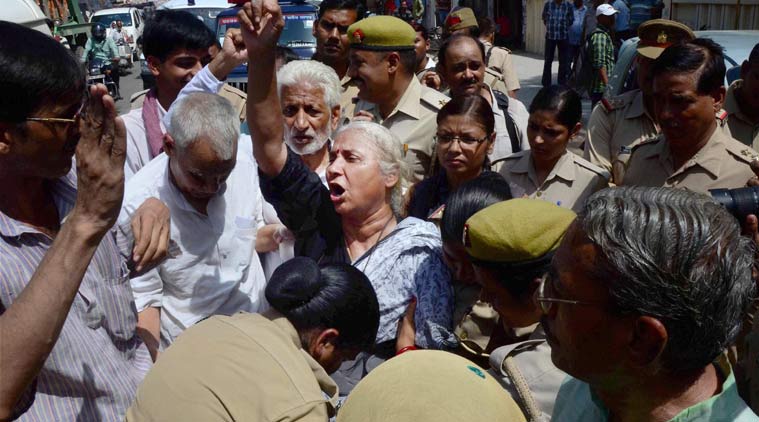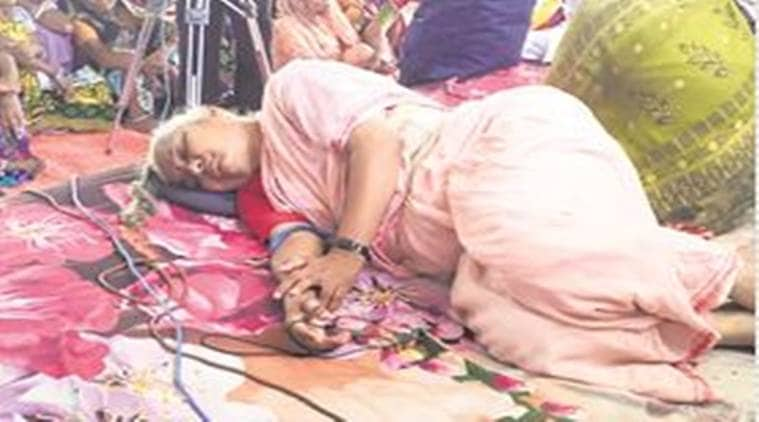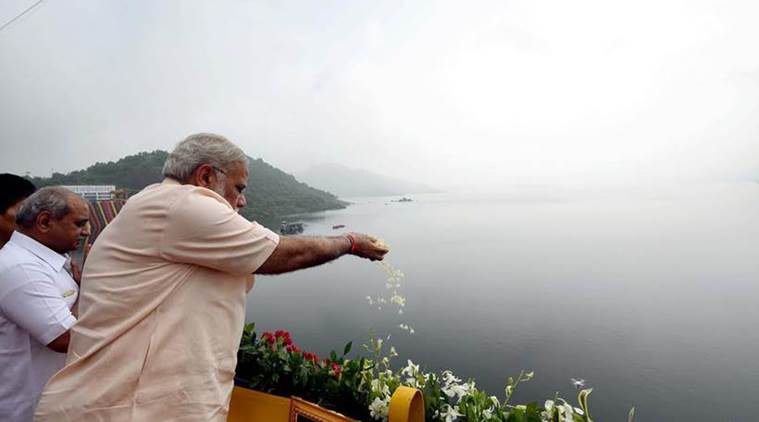A short history of the Sardar Sarovar Dam on river Narmada
On occasion of his 67th birthday, Prime Minister Narendra Modi has inaugurated the Sardar Sarovar Dam on the Narmada river. The project which has been the subject of much controversy for decades now is reported to be one of the largest dams in the world. Having a length of 1.2 kms and a depth of 163 metres, the dam is expected to be shared among the three states of Madhya Pradesh, Maharashtra and Gujarat. “Four crore Gujaratis will get drinking water and 22,000 hectares of land will be irrigated,” claimed union minister Nitin Gadkari on the benefits of the project and added that the dam will help realise PM Modi’s dream of making poor farmers wealthy by 2022.

The Sardar Sarovar project was a vision of the first deputy prime minister of India, Sardar Vallabhbhai Patel. The foundation stone of the project was laid out by Pandit Jawaharlal Nehru on April 5, 1961 after carrying out a study on the usage of the Narmada river water that flowed through the states of Madhya Pradesh and Gujarat and into the Arabian Sea. A project report prepared for the dam led to much dispute over the means of distributing the Narmada water among the three states- Gujarat, Maharashtra and Madhya Pradesh. As the negotiations bore no fruit, a Narmada Water Dispute Tribunal (NWDT) was created in 1969 to decide the fate of the project.

After having studied a large number of reports and studies made by the three states, the NWDT gave its verdict in 1979. Accordingly, the 35 billion cubic metres of water available for consumption from the dam, Madhya Pradesh would receive 65 percent, Gujarat 32 percent and Rajasthan and Maharashtra would be eligible for the remaining 3 percent. The Planning Commission finally approved the project in 1988.
As the planning of the project was on its way , though, it soon caught the attention of social activists who found that the dam did not meet the required environmental and social conditions as meted out by the Ministry of Environment and Forests. Foremost among those who raised voice against the project was Medha Patkar who first visited the site of the dam in 1985.

On realising that the project had received funding from the World Bank, despite it not being sanctioned by the Ministry of Environment, Medha Patkar organised several mass protests and consolidated a movement against the project called the “Narmada Bachao Andolan” that went on to acquire international attention.
While her motive was the complete stoppage of the Sardar Sarovar Dam, Patkar’s first target was the financing acquired by the project from the World Bank. She was not alone in raising a voice against the building of the dam. Other notable imgcaptions to have made a strong case of protest against the project were Baba Amte, Arundhati Roy and Aamir Khan.

The consistent struggle to dismantle the project built a huge amount of pressure on the World Bank and a bank commissioned panel was set up to review the project. On concluding the fact that inadequate assessment had been made by the Indian government and the World Bank prior to sanctioning the project, the government on March 31, 1993 cancelled the loan authorised by the World Bank.
After several years of much deliberation, however, the Supreme Court allowed the construction of the dam to proceed, provided it met with certain conditions. The foremost condition placed by the Court was that all those displaced by the increase in height of 5 metres be satisfactorily rehabilitated and that the process be repeated for every five metres increase in height.
Commenting on the benefits to be made from the project the Court said the following in its verdict:
“The project has the potential to feed as many as 20 million people, provide domestic and industrial water for about 30 million, employ about 1 million, and provide valuable peak electric power in an area with high unmet power demand (farm pumps often get only a few hours of power per day).”

Commenting on the benefits to be made from the project the Court said the following in its verdict:
“The project has the potential to feed as many as 20 million people, provide domestic and industrial water for about 30 million, employ about 1 million, and provide valuable peak electric power in an area with high unmet power demand (farm pumps often get only a few hours of power per day).”
Article Source: indianexpress.com
Post Your Ad Here
Comments